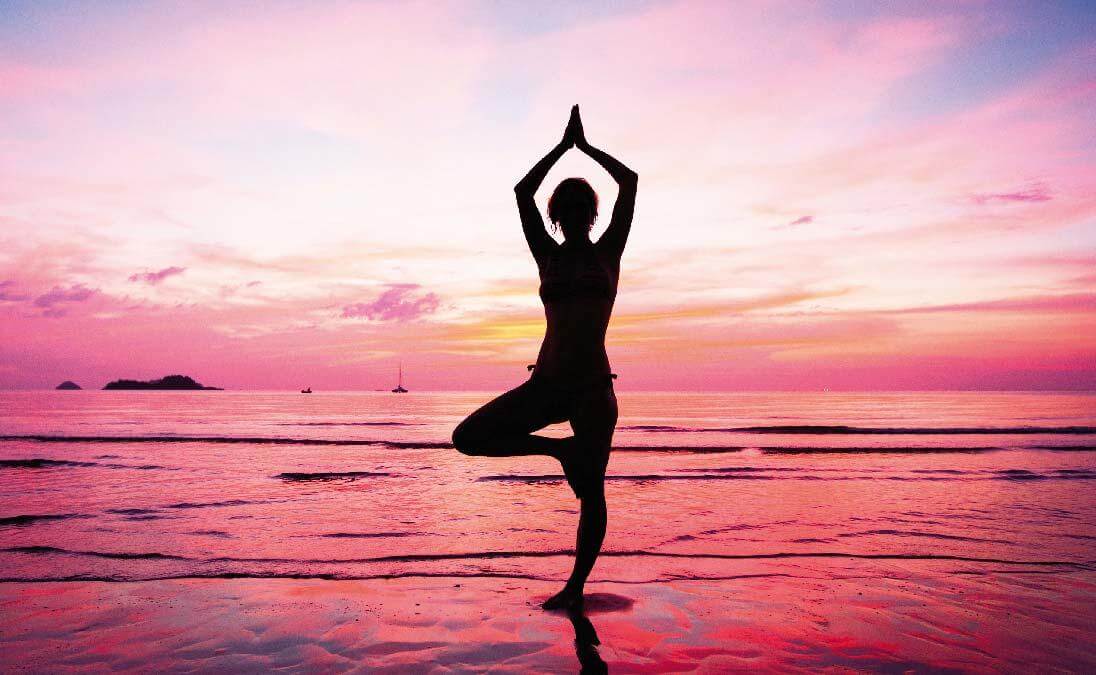Yoga as a therapeutic method – By Lianne Baxter
Recently, I spent some time in India on an Ancient and Clinical Psychology training program. Throughout the week that I was there I learnt about Eastern methods of treating mental health problems. One of which was the use of Yoga in treating disorders such as Depression, Anxiety and Schizophrenia.
Yoga began being used in psychological treatment as a method of helping to alleviate depression. When it was seen to be useful in helping alleviate depression it was then tested in different psychological conditions. When using yoga to help alleviate symptoms of Schizophrenia, both socialisation and cognitive skills were improved.
In India Psychological disorders are seen as more common among people who don’t connect to themselves, others and the universe. In the East, people want to do yoga 5 days a week for an hour to feel this connection. However in the West, most people would only practice 1-2 times a week.
People who practice yoga can feel as energetic in the evenings as they did in the morning. They feel more relaxed and feel like they were more connected to the people around them.
Yoga has had many positive outcomes in psychological disorders.
- Anxiety patients who chant “Ohm” had a significant decrease in amygdala activity, the area of the brain that deals with fear.
- Slow Yoga breathing has been found to help people with epilepsy alleviate symptoms.
- Symptoms of fatigue and cognitive function in Multiple Sclerosis patients (MS) was improved with the consistent use of Yoga
- Using specific forms of asana (yoga poses), Generalised Anxiety Disorder (GAD) and Post Traumatic Stress Disorder (PTSD) were better managed when completing 10-12 sessions of a yoga programme specifically created for that disorder.
The Theory
In order to understand best which type of yoga will help your presenting problem the system you need to use needs to be understood too. Yoga can use both the Parasympathetic system and the Sympathetic system in it’s practices. Depending on the system being used at the time can depend how that yoga practice can make you feel. For example, a person who is suffering with symptoms of depression should practice yoga asana which uses their Parasympathetic system to give them energy. People with symptoms of anxiety should practice asana’s which use their Sympathetic system to calm their breathing and diffuse anxiety.
Different poses can create different feedback to improve the mood of a person. An open pose with chest facing outwards is a more exuberant and happy pose which aims to help people with depression feel more elevated. Similarly the larger stretches release higher levels of endorphins, similar to exercising, which helps to alleviate depressive symptoms. A more relaxed stance such as seated poses are often used in Indian culture to help with relaxing the mind and body to aid in decreasing anxiety.
It is important to note that Yoga cannot be used to treat a psychological disorder on its own but it can be a positive support to psychological treatment. At The Eaves we have over 100 specialised counsellors, psychologists and psychotherapists who are able to help with many of the psychological disorders mentioned in this article. If you are looking for support, contact The Eaves directly to discuss finding a counsellor for you.

